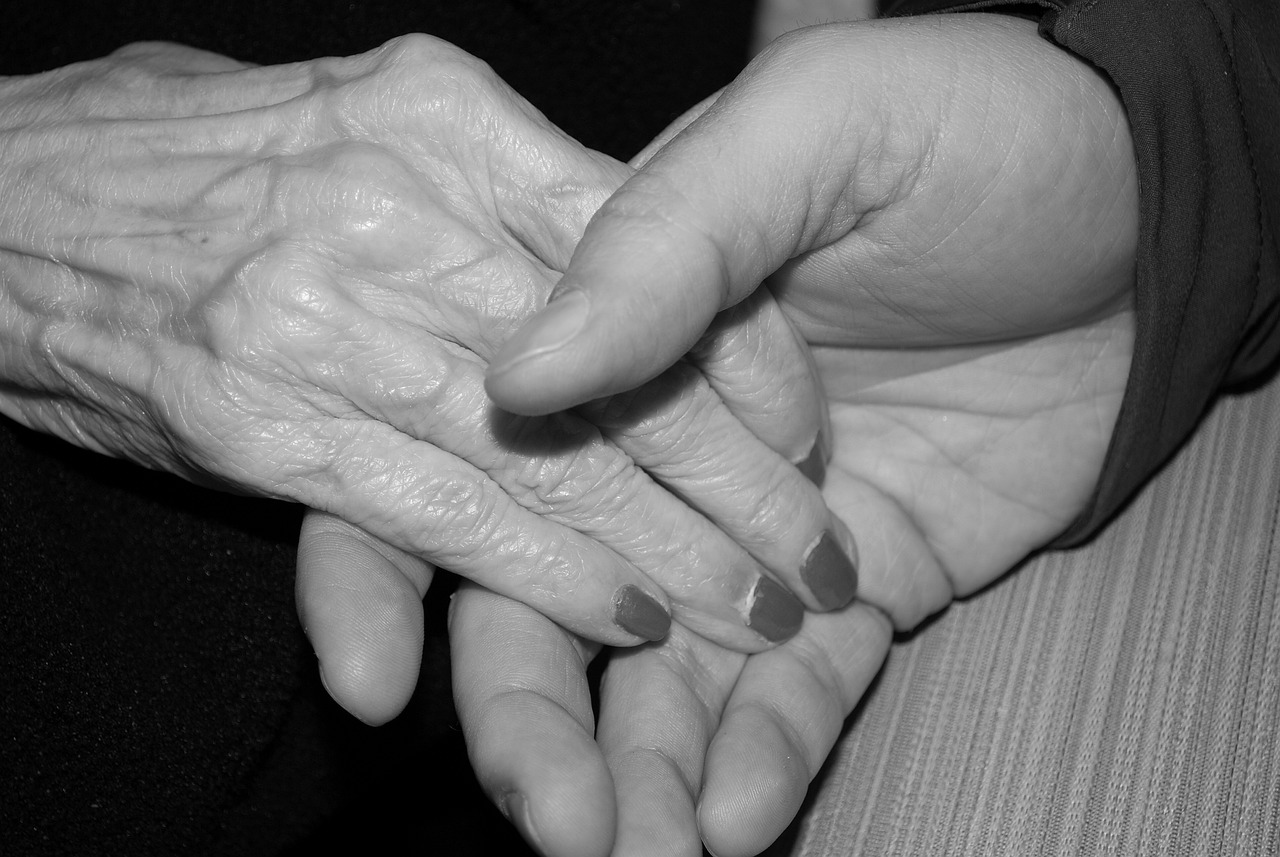Local governments need to strengthen efforts to support the ‘Silver Tsunami,’ the large number of baby boomers reaching or approaching retirement.
It comes as no surprise that one person in four on the Island and the Coast – compared to one in five in 2011 – is a senior.
In 2022, BC’s population growth rate reached levels not seen in 25 years, according to BC Check-Up, an annual report on demography and affordability trends across the province by the Chartered Professional Accountants of British Columbia.
It found the proportion of British Columbians 65+ expanded the most of any age group, to almost 20 percent of the population in 2022 compared to 15.7 percent in 2012. But the greatest growth in the province in that age category occurred on Vancouver Island and the Coast, up almost 6 percent to 25.3 percent.
This sizeable and diverse elderly population continues to have profound implications for society, availability of labour and economic growth.
That’s recognized by Central Saanich which recently drafted an age-friendly community plan to improve services for older adults. It’s just launched a survey for feedback from residents.
While most agree the elderly should be on the front burner for local government in Greater Victoria, you wouldn’t know it by looking at the City of Victoria and the Capital Regional District.
A few years ago a Senior’s Task Force was struck by Victoria that came up with a truckload of recommendations on everything from transportation to social participation to community support and health services. A blue ribbon group of representatives from senior organizations presented them to the committee-of-the-whole in November 2020.
The committee referred the so-called Seniors’ Action Plan, working toward designation as a United Nation Global Age-Friendly City, for council’s consideration in the 2021 financial planning process. Also they approved an application for a Union of British Columbia Municipalities Age-Friendly grant, to approve the formation of a seniors’ advisory committee, and to convene an annual Seniors’ Summit.
Sadly, the task force was disbanded. And little has happened since – blame it on the pandemic, too many other demands, or misplaced priorities.
This year achieving UN Global Age-Friendly City status doesn’t appear in the strategic plan or on the list of council priorities.
Staff in the equity diversity and inclusion office at city hall are currently sorting out staff resources to look at a review of the work completed by the Task Force or others, and what remains to be done.
It’s a completely different story down the road in Saanich.
The district has already designed their community so that programs and services are friendly to adults and seniors as they age. It’s a priority.
To the credit of council and staff, in 2008 the World Health Organization designated Saanich a Global Age-Friendly City.
It recognizes the great diversity among older persons, promotes their inclusion and contribution to community, respects their decisions and lifestyle choices, and anticipates and responds flexibly to aging related needs and preferences.
Its Age-Friendly Cities Project Report is a worthy model for any municipality in the province.
Its website features an “Older Adults” section detailing programs, resources, engagement opportunities, recreation and adult strategies.
Better still, look to ‘Age-Friendly Calgary’ which includes comprehensive information about programs for seniors on their website.
The Capital Regional District could do better when it comes to seniors.
It does of course focus much of its energies indirectly through the Capital Region Housing Corporation, a non-profit provider of approximately 2,000 affordable rental units throughout the region, and administers the Capital Regional Hospital District (CRHD). The CRHD invests in traditional health care services and provides capital funding for health care infrastructure, such as health facilities and hospital equipment.
Other than that there are no specific initiatives currently targeted at seniors. Municipalities and the public are deferred instead to SeniorsBC and the Seniors Advocate.
That’s all very well, although it’s difficult to understand given that seniors are not only a large demographic but the fastest growing in our community of 440,000 residents.
You would think part of CRD’s mission in these troubled times would be to devote more energy to a dominant and most vulnerable population. They are, after all, the first in line at election time.
The CRD and Victoria council could start by taking a leadership role by making seniors more of a priority and organizing an annual Senior’s Summit.
READ MORE:
Age-Friendly Calgary
https://www.calgary.ca/social-services/seniors/about-age-friendly-strategy.html
Seniors Task Force Victoria
https://www.victoria.ca/EN/main/city/other-boards-committees/seniors-task-force.html
Older Adults Saanich
https://www.saanich.ca/EN/main/parks-recreation-community/community-services/older-adults-recreation.html
Global Age-Friendly Cities
https://www.saanich.ca/EN/main/parks-recreation-community/community-services/older-adults-recreation/global-age-friendly-cities.html
Committee of the Whole Minutes, November 12, 2020
